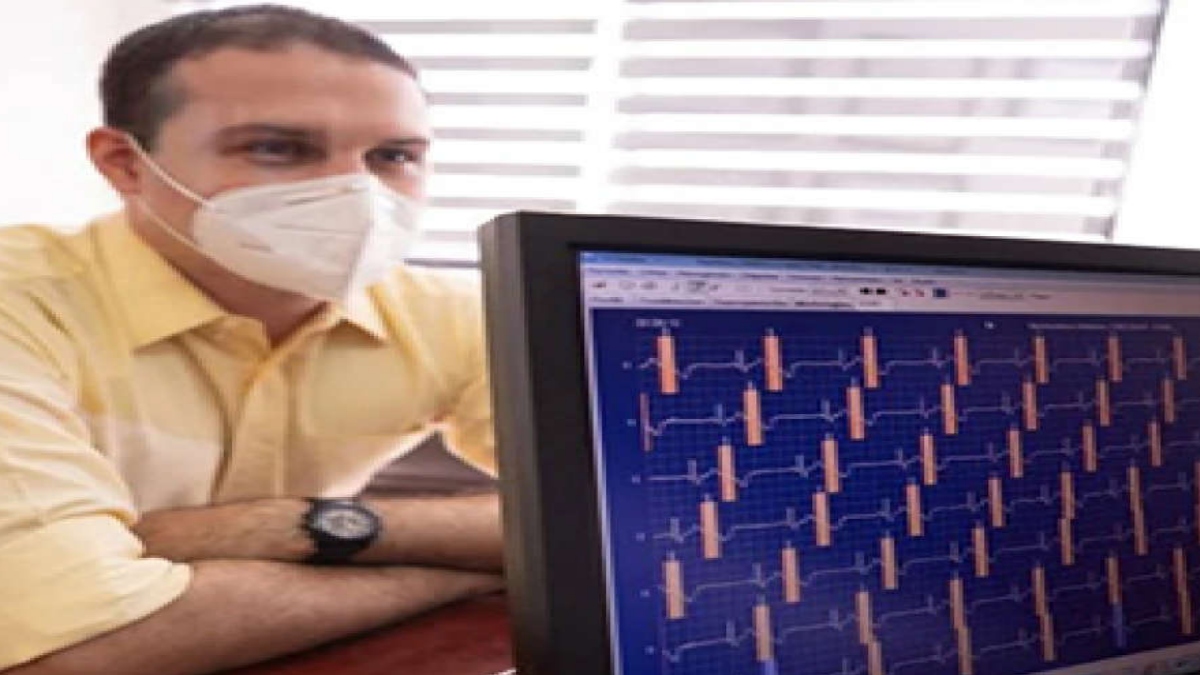


Unlike other organs, the heart cannot heal itself after injury. Heart disease is the top cause of mortality in the U.S. and is particularly deadly. For this reason, tissue engineering will be crucial for the development of cardiac medicine, ultimately leading to the mass prod uction of the wholesale fabrication of an entire human heart for transplant.
The findings of the research were published in Science.
To build a human heart from the ground up, researchers need to replicate the unique structures that make up the heart. This includes recreating helical geometries, which create a twisting motion as the heart beats. It’s been long theorized that this twisting motion is critical for pumping blood at high volumes, but proving that has been difficult, in part because creating hearts with different geometries and alignments has been challenging.
Now, bioengineers from the Harvard John A. Paulson School of Engineering and Applied Sciences (SEAS) have developed the first biohybrid model of human ventricles with helically aligned beating cardiac cells, and have shown that muscle alignment does, in fact, dramatically increase how much blood the ventricle can pump with each contraction. This advancement was made possible using a new method of additive textile manufacturing,
Focused Rotary Jet Spinning (FRJS), which enabled the high-throughput fabrication of helically aligned fibres with diameters ranging from several micrometres to hundreds of nanometers. Developed at SEAS by Kit Parker’s Disease Biophysics Group, FRJS fibers direct cell alignment, allowing for the formation of controlled tissue-engineered structures.
“This work is a major step forward for organ biofabrication and brings us closer to our ultimate goal of building a human heart for transplant,” said Parker, the Tarr Family Professor of Bioengineering and Applied Physics at SEAS and senior author of the paper.
This work has its roots in a centuries-old mystery. In 1669, English physician Richard Lower, a man who counted John Locke among his colleagues and King Charles II among his patients, first noted the spiral-like arrangement of heart muscles in his seminal work Tractatus de Corde. The percentage of how much blood the ventricle pumps with each contraction. “Our goal was to build a model where we could test Sallin’s hypothesis and study the relative importance of the heart’s helical structure,” said John Zimmerman, a postdoctoral fellow at SEAS and co-first author of the paper.
To test Sallin’s theory, the SEAS researchers used the FRJS system to control the alignment of spun fibres on which they could grow cardiac cells. The first step of FRJS works like a cotton candy machine.
A liquid polymer solution is loaded into a reservoir and pushed out through a tiny opening by centrifugal force as the device spins.